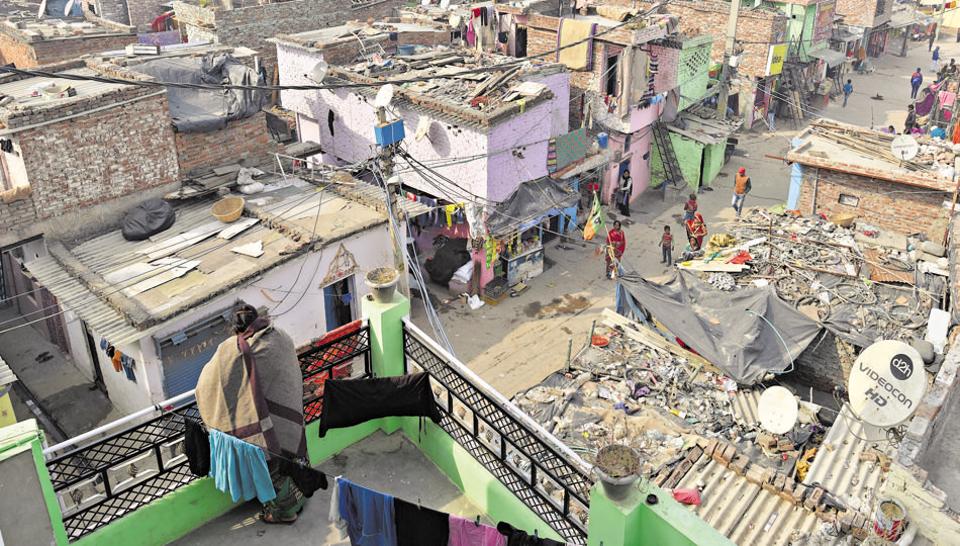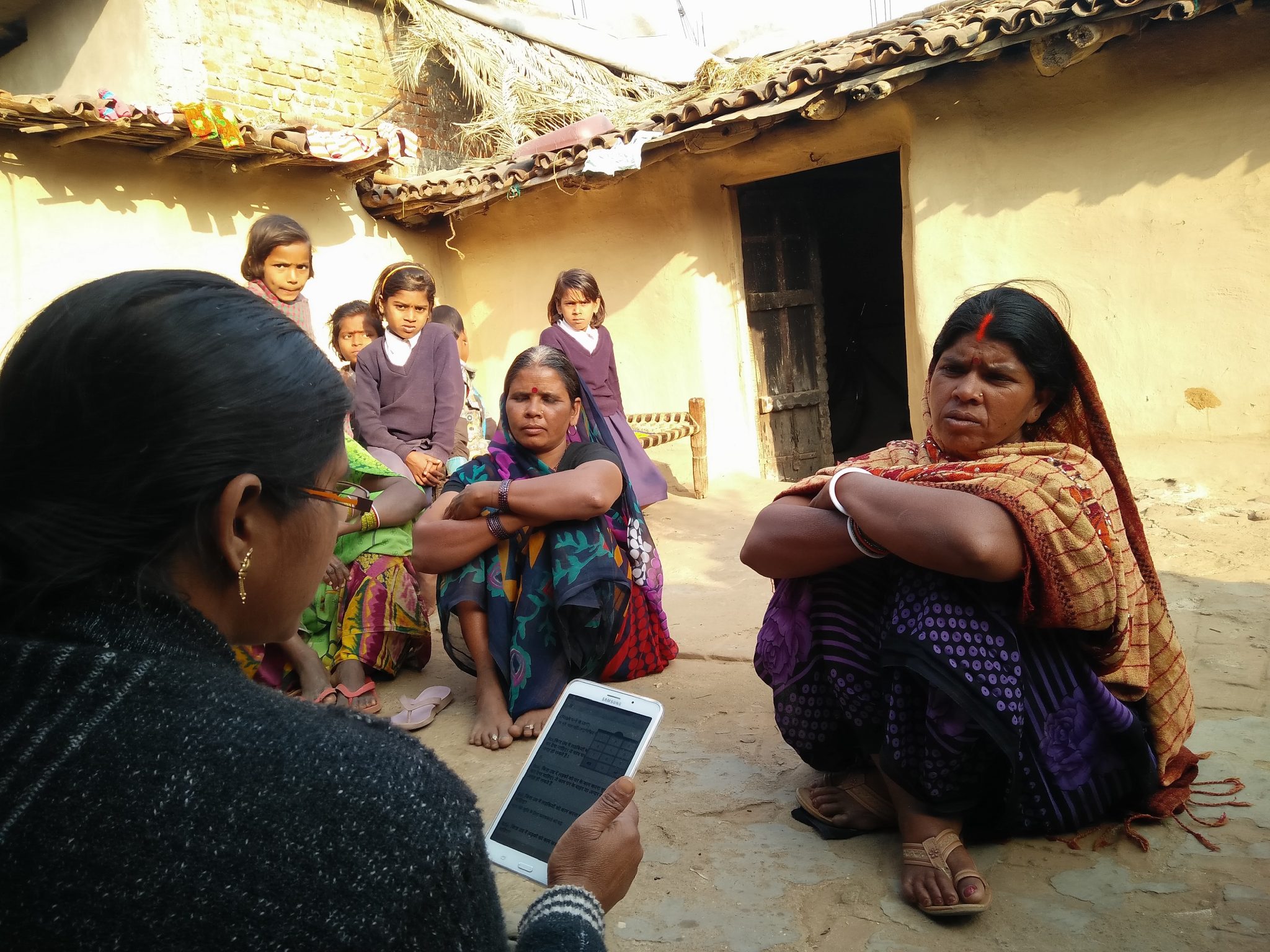Blog Details
The journey from a refugee colony to a global city
Lying, on the banks of the ancient river Yamuna, New Delhi is one of the fastest-growing urban agglomerations in the world and is the seat of power for the Indian government[1]. Hence, Delhi has witnessed a meteoric rise in population from the 1965s to the contemporary era. Delhi played as an important refugee settlement post-partition. This led to the creation of the first master plan which sought to rehabilitate the refugee families into different spaces. These turned the earliest fusions of present day authorized housing colonies of post-partition Delhi and the contemporary city that we know of today. Authorization of colonies and access to state services has played a crucial role in the lives of the residents of Delhi. The fact that an inhabitant was able to get access to public services was a significant step for that person to lay claim as the citizen of this city. The laws around claiming residency and citizenship have changed and played a vital role in shaping the spatial development of Delhi.
The first master plan of Delhi legitimized the refugee resident colonies and demarcated areas for official spaces and paved the way for future residential projects. A significant move was to shift hazardous chemical-based factories to the fringes of the city which were then further pushed to areas such as Bawana, Mongolpuri and Mayapuri to name a few. As industrial areas burgeoned a significant population of workers who resided in slums had to move closer to the factories. This played into a shrewdly developed move to legitimately clear out slum areas out of the city space to the peripheries. This process actually highlights the ambivalent nature of the city comes to the fore as the populace not deemed fit to be a part of it.
Unauthorized colonies, slum areas and Jhuggi Jhopri clusters have been as much a part of Delhi as the regularized colonies. They serve as residences for immigrant populations who come from different parts of the country in hope to find employment and perhaps in search of a better quality of life. The people in these slums and JJ clusters are part of the humongous informal sector providing vital ancillary tasks for the cities, employed often as maids, housekeepers and helpers in various commercial and residential spaces.
Fast forward to 2019, Delhi has been built on two significant master plans which have focused on rapid infrastructural development further pushed by its increased visibility on the global stage towards the last decade of the previous century, with the advent of the liberalization, privatization and globalization era the city of Delhi was vying for the spot as a global city. It is with that goal in focus that the current master plan of 2021 aims to change the landscape of this city, into a slum-free city. This decision jeopardizes the lives of around 1.4 million people still living in such settlements and their fate is in a state of limbo, without a tangible solution in sight.
The Slum dweller in an ambivalent city environment and the right to the city
The slum in the context of Delhi has been defined with very specific parameters, in fact, a slum has more legitimacy than a jhuggi jhopri camp (squatter settlement), often in a slum area there will be land which will be designated as a Jhuggi Jhopri camp, and it is this particular area that we will focus on because regardless of the state and private bodies vying to gain control over the slum areas, the judiciary stepped in to give rights to the slum dwellers, this, however, does not include the people who stay in Jhuggi Jhopri clusters.
Majboor Basti JJ camp is located in Mandawali-Fazalpur colony in the eastern part of Delhi. The residents here highlight the problems of access and acceptance that is commonly witnessed in areas where Jhuggi Jhopri camps are prominent in Delhi. Interestingly, the electricity line that was made permanent due to the entry of a private sector power company which in order to maintain business has provided nearly all areas with a permanent connection, regardless of the status of registry of the houses. This may seem like a step up for all the residents in the JJ camp however it does little to prevent the state from exercising its right to remove and re-locate them at no moment’s notice.
The significant chunk of the residents of Majboor Basti is home to third-generation inhabitants who were born and raised in Delhi, however, in this city environment, they are still alien residents not part of the city space, rather the gentrified population in the gated colonies and authorized colony spaces often see these jhuggis to be a hot-spot of crime and nuisance, unhygienic conditions, and a cesspool of diseases. Enforcement agencies patrol these locations and often complaints related to theft, are traced back to these areas. With the aim to be a truly global city, how do we address the issues aforementioned and find a co-creative space.
Moving away from Aesthetics
City planners in their grand blueprint of the master plan 2021 have tried effectively to give Delhi a makeover, at least aesthetically. The notion of a slum-free city also stems from the desire of both public and private sector real estate developers, who see these slums and JJ clusters to be land that has been illegally encroached by unlawful means, without highlighting the fact of the true profits that they hope to gain by removing these people from the places where multiple generations have resided albeit under a constant threat of eviction. Perhaps this is part of the reason why the jhuggi residents have never taken ownership of the space that they stay in, because they know that it has become impossible for them to exercise any right or control in the situation of their residential status.
The way forward constitutes re-designing of the master plan by moving away from the need of superficial aesthetical model[2]. Participation can be a key tool to facilitate development in the city, participatory processes can be made inclusive by ensuring equal representation from different areas. It may not be an end to the spatial problem rather it will lay the foundation to an inclusive process in the legislature by ensuring that the “illegitimate population” of the city has a greater say in decisions concerning their lives. The population in the unauthorized areas/JJ clusters/ have and still are actively playing a huge role in making Delhi a diverse place and giving these populations rights to be a part of the decision-making process may ensure afar greater ownership and security, which will be the first true step of transitioning into a global city.
[1] Major Agglomerations of the World - statistics and charts in maps, diagrams and tables. (n.d.). Retrieved from http://citypopulation.de/world/Agglomerations.html
[2] Ghertner, D. A. (2015). RULE BY AESTHETICS: WORLD-CLASS CITY MAKING IN DELHI. New York: Oxford University Press.








David Angel Makel
IT ConsultantIt is a long established fact that a reader will be distracted by the readable content page looking at its layout point of using normal